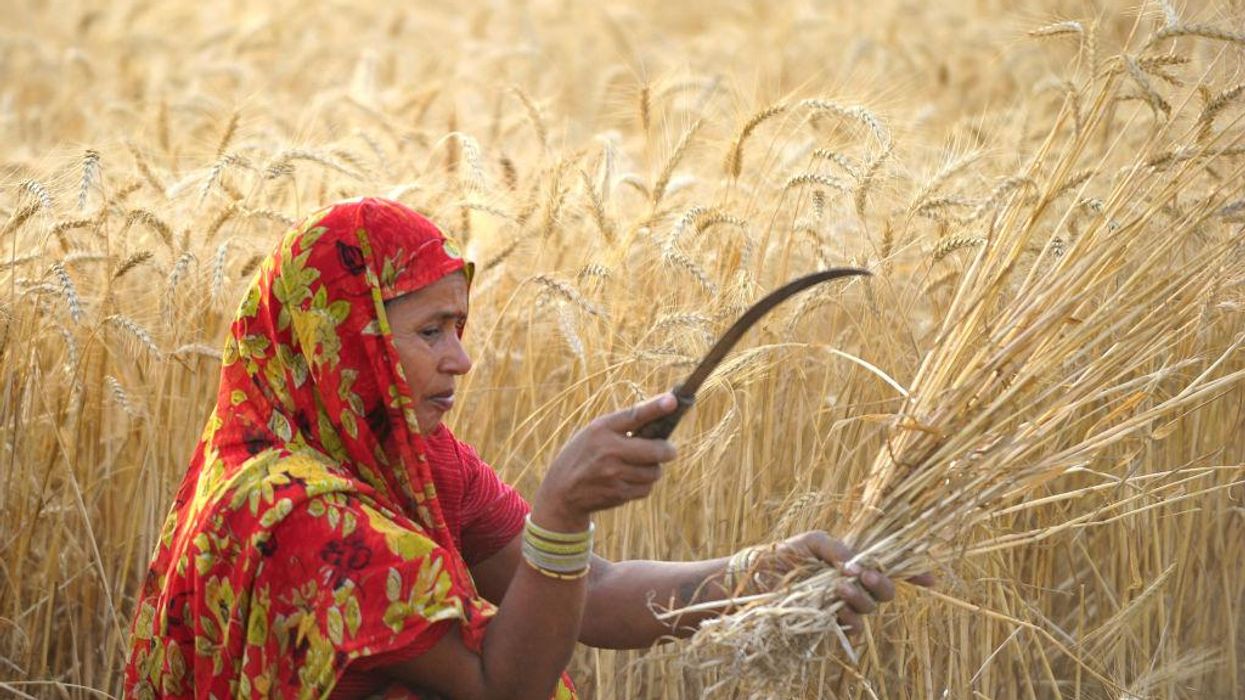
Sanjay Kanojia/AFP via Getty Images

India has banned all wheat exports following a widespread heat wave that affected the country’s supply of the crop.
A notice that was sent out in the government gazette by the directorate of foreign trade on Friday said the food security of India, and its neighboring and vulnerable countries was being threatened by the rise in global wheat prices. Global wheat prices have increased by more than 40% since the beginning of the year.
The Guardian reported that one of the Indian government’s key aims is to control the rising cost of domestic food prices.
Prior to Russian President Vladimir Putin’s invasion of Ukraine, the two countries accounted for a third of global wheat and barley exports. Since Russia’s February invasion, Ukraine’s ports have been blocked and civilian infrastructure and many grain silos have been destroyed.
Western nations have also issued thorough sanctions on Russia, making trade with the country incredibly difficult.
While Russian and Ukrainian wheat exports were being tied up due to war, India’s own wheat harvest experienced stunted production rates due to a record-breaking heat wave.
Even though India is the world’s second-largest producer of wheat, its population consumes the lion’s share of the crop it produces. Hoping to capitalize on the global disruption of supply chains and decreased wheat access due to the Russian invasion of Ukraine, the Indian government had set a goal of exporting 10 million tons of domestically produced grain in 2022-23.
Indian wheat producers were preparing to find new markets for their product in Europe, Africa, and Asia. However, this plan has been halted for the foreseeable future. Much of the wheat and barley that was expected to be exported in this lot would have been sent to developing countries such as Indonesia, the Philippines, and Thailand.
The recent heat wave, however, wasn’t the only issue facing India’s wheat supply. The country’s historically vast stocks of wheat and barley — which in years past have served the country well as a reliable buffer against famine — became strained during the COVID-19 pandemic as the Indian government began to dole out grain to roughly 800 million people.
The Indian government needs about 25 million tons of wheat and barley each year for its extensive food welfare program that usually feeds more than 80 million people annually.
Statista reported that in 2018-2019, the United States had the fifth-largest production volume of wheat worldwide at 51.29 metric tons.